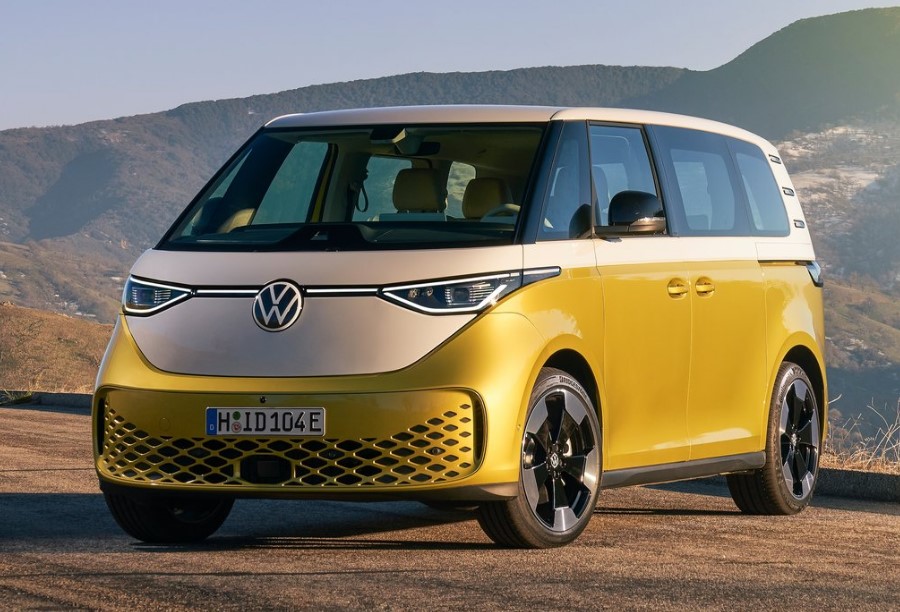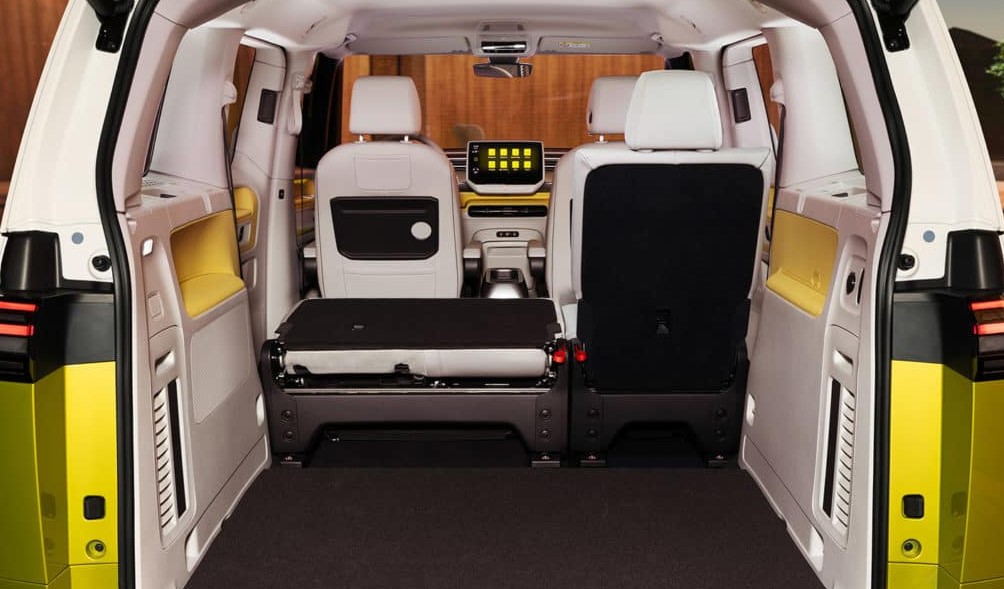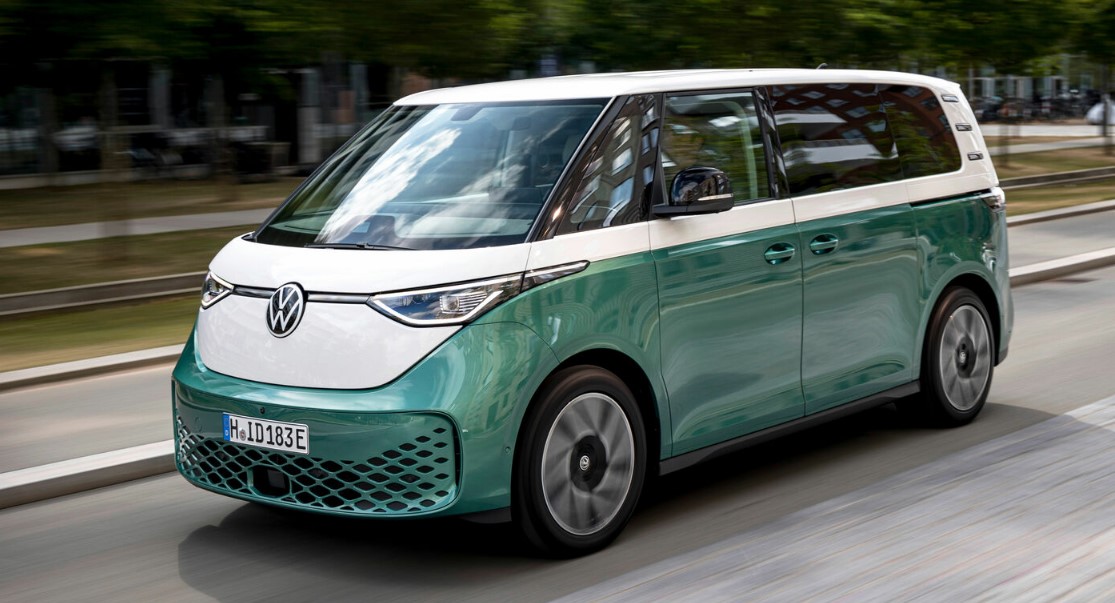Table of Contents
2024 Volkswagen Bus Interior, Price, Range & Specs – With the introduction of its next electric van, the ID. Buzz, Volkswagen is bringing back fond memories for a sizeable portion of its customers. The Volkswagen ID. Buzz is the first time the automaker has sold a minivan in North America in decades (if one excludes the unsuccessful Routan rebranding of the Dodge Grand Caravan from 2009 to 2014). The ID. Buzz is designed to look like the Type 2 Microbus, also known as the Volkswagen Bus, which was popular in the 1960s.

Although not all information on Volkswagen’s forthcoming electric vehicle (EV) is currently accessible, we have compiled the most fascinating details regarding the ID. Buzz’s pricing, range, and interior are in anticipation of the vehicle arriving on sale for the 2024 model year.
Interior
The ID. Buzz is designed to evoke memories of the heyday of the Volkswagen bus, and a significant piece of this intention is tied to the ID. Buzz’s boxy packaging, lends itself to spacious inside dimensions. This results in each of its three rows having a generous amount of space for passengers and the capacity to seat up to seven people in total. These seats furthermore come equipped with luxuries like a fold-out table and a massage function that can be selected as an option. In addition, there is a center console that can be removed from between the front seats to make it simpler to navigate the inside of the car.
Additional equipment of importance is located inside the ID. Buzz comes standard with a 10-inch touchscreen screen that is mounted above the dashboard, an abundance of USB charging outlets for both the driver and the passengers, and power sliding doors on each side of the vehicle to make accessing the back rows of seats far easier.

Range
The battery-electric powertrain of the 2024 Volkswagen Bus will be borrowed from the 2022 Volkswagen ID.4 small SUV when it goes on sale. This means that it will have a rear-mounted 201-horsepower engine (that also generates 229 pound-feet of torque) paired with a 77-kilowatt-hour (kWh) battery that transfers power to the back wheels. Later on, a dual-motor, all-wheel drive (AWD) version will be released, and it is quite probable that it will also take the engine from the ID.4, which generates 295 horsepower and 339 pound-feet of torque.
Although VW has not yet released official range estimates for the ID.Buzz, the rear-wheel drive single-motor versions available on the ID.4 Pro provide an estimated driving range of 275 miles when fully charged, according to the EPA. Since the ID. Buzz is a bigger model (with a longer wheelbase and three rows of seats as opposed to the ID.4’s two rows), it is logical to anticipate that the EPA estimations will indicate a somewhat reduced driving range for the ID. Buzz. The ID. Buzz is estimated to have a range of up to 263 miles according to the more optimistic European efficiency test. Given that ID.4 had a range of around 275 miles when it was assessed by the EPA, it is possible that the ID. Buzz will have a range that is comparable to that of the ID.4. Versions with all-wheel drive (AWD) will probably come in a little lower than that number owing to the higher weight and the more power necessary to run the second electric motor.

Price
Volkswagen has not yet disclosed the cost of the ID. Buzz for customers in the United States, but the automaker has published a price for the vehicle in Germany, its home market. The electric vehicle has a starting price of around €65,000 (including the 19% sales tax). After deducting the appropriate taxes and translating the amount to American dollars, a starting price in the area of $55,000 is suggested, and this is before taking into account the delivery charge and any applicable government EV incentives. However, there are certain media that focus on the automobile industry and estimate the possible beginning price of the ID. Buzz to be a more reasonable $40,000.